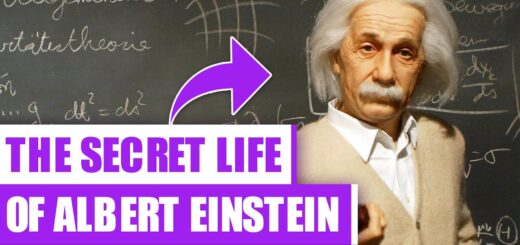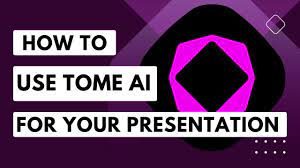21st Century Truck Partnership Freight Operational Efficiency Technical Sector Team Roadmap

The 21st Century Truck Partnership FOETST Roadmap has been published on official website energy.gov of the US government. The FOETST MISSION is to identify, analyze, and accelerate development of pre-competitive freight vehicle technologies, freight infrastructure technologies (including fueling/charging infrastructure), and freight transportation system technologies that improve the efficiency and environmental sustainability of the freight transportation system while meeting freight delivery expectations. FOETST’s mission supports the U.S. greenhouse gas emission goal of reducing net greenhouse gas (GHG) emissions economy-wide by 50%-52% by 2030 relative to a 2005 baseline. FOETST work is also supportive of the U.S. 2050 goal of a net-zero emissions economy (National Climate Task Force n.d.).
This FOETST Roadmap SCOPE covers applications of individual vehicle efficiency technologies and broader systems efficiency improvements at the vehicle and infrastructure levels. The current scope encompasses the classes of trucks involved in freight hauling that are the highest energy users. Future roadmaps will expand upon this scope to include more freight vocations and passenger-carrying vehicles. The FOETST is engaged in work at both the vehicle efficiency level (how efficient each individual vehicle is in its typical operation) and system efficiency level (how efficient the system of vehicles is in delivering freight). Freight hauling that is conducted by air, sea, or rail (including multimodal transport) is out of scope for this document but could be considered in future updates. Freight trucks are work tools that must meet a wide range of needs that vary from customer to customer and even day to day. The FOETST seeks to identify solutions that are applicable to and appropriate for a variety of duty cycles and responsive to the business case considerations that drive technology choices. This tech team focuses on solutions that improve freight efficiency based on these important considerations, as these technologies, tools, and techniques are the most likely to reach widespread market acceptance. The FOETST works collaboratively with the other 21CTP tech teams developing technologies to improve individual vehicle efficiency to ensure that these technologies will perform as expected within the broader transportation system. At its broadest level, the FOETST scope covers all freight moving by trucks within the United States to all end users. Important tasks for the freight system include moving goods from a port or manufacturing plant to the end customer. For more details click on the below likn:
Targets, Objectives, and Key Focus Areas
In support of the team’s mission and current U.S. GHG emission reduction goals, the FOETST has identified the targets below.
1) By 2025, establish baseline freight efficiency metrics against which the contributions of 21CTP activities can be measured.
2) By 2025, identify pathways to achieve U.S. GHG reduction goals and DOE/21CTP energy use reduction goals, within the scope outlined above (i.e., the highway freight logistics industry). Provide new, actionable insights needed by government and industry decision-makers to achieve existing goals
3) By 2026, identify, document, and report on gaps between technology achievement in the highway freight logistics industry and U.S. GHG reduction goals, as well as DOE and 21CTP well-to-wheel energy use reduction goals.
4) By 2026, identify and document the barriers to achieving U.S. GHG reduction goals, as well as DOE and 21CTP well-to-wheel energy use reduction goals, within the highway freight logistics industry.
5) Update analyses and models on an ongoing basis to support continued technological and policy advancements toward achievement of the goals. Conduct sensitivity studies to quantify the uncertainties outside of the 21CTP control.








